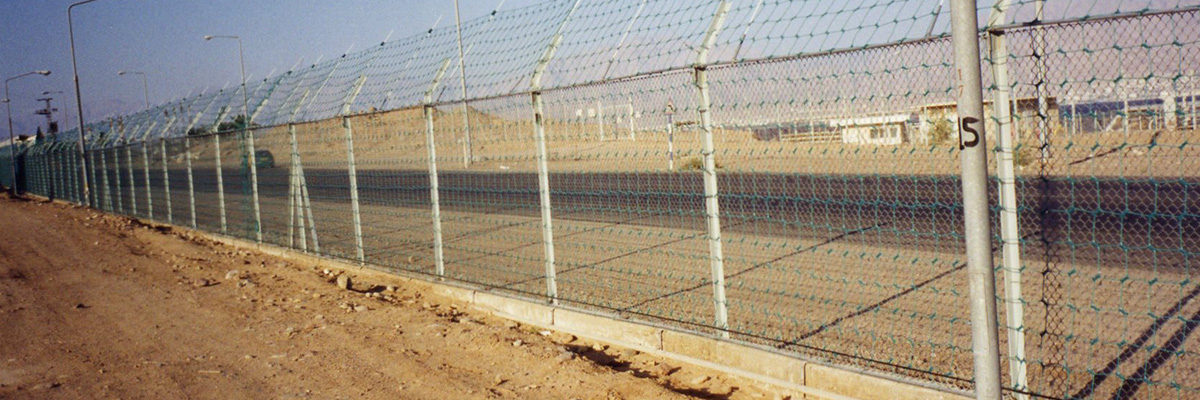
Security In The Global Mining Sector
A Unique Challenge
Providing security in a mining environment is tough. Remote sites, a reliance on hazardous materials, limited local infrastructure and geopolitical instability are common risk factors that can make installations susceptible to malicious attack. Any security breach has the potential to endanger staff, damage the local environment and disrupt production.
Mines employ hundreds and sometimes thousands of staff. They are typically found in remote locations and may cover many kilometres of remote, harsh terrain. The companies that operate mines have a duty of care to ensure the well-being of their communities which include not only staff but contractors, partners and other visitors, and the general public.
This requires always knowing who’s on site and where they are at any given time. It requires restricting access to high risk areas and ensuring that the general public can’t accidentally access hazardous areas such as underground sites, explosives store rooms or operating machinery rooms.
It’s not just a duty of care either. There are occupational health and safety implications involving security. In certain circumstances, only staff with a proper level of training and expertise should be allowed to access given areas and they must be properly equipped.
For many mines, perimeter security is perhaps the most difficult concern. Keeping unauthorised people out is vitally important to the mining organisation in terms of protecting and securing staff, resources and equipment. And given the specialised, expensive equipment on site, theft is always a potential issue.
The challenge is to put in place a suitable infrastructure to quickly and positively identify all individuals on site, to issue each individual with the required credentials, and to restrict movements on-site according to the access rights demanded by the individual role and corresponding credentials.
Communications and power are additional yet common problems. Excessive cabling is not feasible over vast mining sites. Instead, mining security managers tend to prefer devices that can port into pits or nodes wherever infrastructure exists.
Source: mineweb
Perimeter Security for Treatment Plants .
Perimeter Security, Video Intrusion Detection, Fiber Optic Security System, Marine Security, Marine Net, Under Water Marine Net Detection, Under Water Marine Detection, Under Water Security, Security Under Water, Perimeter Security, Fiber Optic Sensor, Fence Detection, Fiber Optic Net, Airport Security, Nuclear Facilities Security, Nuclear Security, Government Security, Perimeter Security for Federal Government, Fiber Optic for Perimeter Security, Perimeter Security for Oil and Gas, Perimeter Security for Water Utilities, Perimeter Security for Treatment Plants, Perimeter Security for Storage Tanks, Perimeter Security for Dams, Perimeter Security for Reservoirs, Perimeter Security for Electric Utilities, Perimeter Security for Generation Plants, Perimeter Security for Sub-Stations, Perimeter Security for Switchyards, Perimeter Security for Chemical Facilities, Perimeter Security for Chemical Plants, Perimeter Security for Refineries, Perimeter Security for LNG Plants,Perimeter Security for Storage Facilities, Perimeter Security for Transportation Industry, Perimeter Security for Airports, Perimeter Security for Seaports, Perimeter Security for Roads and Railroads, Perimeter Security for High Security Sites, Perimeter Security for Government Facilities, Perimeter Security for Nuclear Plants, Perimeter Security for Military Bases, Perimeter Security for Prisons, Perimeter Security for Oil and Gas, Perimeter Security for Oil Fields, Perimeter Security for Storage Facilities, Perimeter Security for Refineries.




